U.S. Suburban Coworking Spaces See 58% Growth Since 2023
Suburban Coworking Spaces Surge in Popularity
In recent years, the coworking industry in the United States has experienced a significant shift, with suburban coworking spaces growing at a much faster rate than their urban counterparts. According to data from the Yardi CommercialEdge real estate research division, suburban coworking spaces expanded by 58% between 2023 and 2025, while urban coworking spaces grew by only 4% during the same period. This trend reflects changing workplace preferences influenced by hybrid work models, cost considerations, and the desire for more accessible office solutions closer to residential areas.
Key Data Highlights
As of 2025, suburban coworking spaces in the U.S. have reached a total of 87.6 million square feet, up from 55.5 million square feet in 2023. In contrast, urban coworking spaces grew from 60.7 million square feet in 2023 to 63.2 million square feet in 2025. This stark difference underscores the growing demand for flexible office solutions in suburban areas.
Los Angeles, California, leads the nation in suburban coworking space volume, boasting 7.2 million square feet as of 2025. Other cities, such as Dallas and Chicago, have also seen substantial growth, with Dallas increasing its suburban coworking space from 4.5 million square feet in 2023 to 6.3 million square feet in 2025, and Chicago nearly doubling its suburban coworking footprint to 6 million square feet during the same period.
Why Suburban Coworking Is Growing
The rise of suburban coworking spaces can be attributed to several factors. First, hybrid work models have become increasingly popular, allowing employees to split their time between home and the office. This has created a demand for coworking spaces that are closer to residential areas, reducing commute times and enhancing work-life balance.
Second, the cost of leasing office space in urban centers remains high, prompting businesses to seek more affordable alternatives in suburban locations. According to Yardi CommercialEdge, suburban coworking spaces often offer lower rental rates, making them an attractive option for startups, freelancers, and even established companies looking to optimize their real estate expenses.
Lastly, the availability of larger spaces in suburban areas allows coworking operators to offer amenities such as ample parking, outdoor areas, and larger communal spaces, which are often limited in urban settings.
Top Cities for Suburban Coworking
In addition to Los Angeles, several other cities have emerged as leaders in suburban coworking space development:
- Indianapolis, Indiana, and Virginia Beach, Virginia: These cities have the highest percentage of suburban coworking spaces, with 83% of their total shared spaces located in suburban areas.
- Dallas, Texas: Dallas has seen a remarkable increase in suburban coworking space, growing by nearly 40% between 2023 and 2025.
- Atlanta, Georgia: Atlanta has climbed two positions in suburban coworking rankings, driven by a notable increase in square footage.
Urban Coworking Trends
While suburban coworking spaces are on the rise, urban coworking spaces remain a significant part of the market, particularly in major metropolitan areas. New York City, for instance, continues to dominate the urban coworking market with 14.8 million square feet of shared space as of 2025, despite a decline from 16.7 million square feet in 2023. This decline may be attributed to the growing preference for suburban options and the challenges of high costs and limited space in urban centers.
Other cities, such as San Francisco and Washington, D.C., also maintain strong urban coworking markets, although growth has been relatively modest compared to suburban areas. These cities benefit from robust public transportation systems and dense professional networks, which continue to attract businesses and freelancers to urban coworking spaces.
Implications for the Future of Work
The shift toward suburban coworking spaces has significant implications for the future of work in the United States. As more companies adopt hybrid work models, the demand for flexible office solutions outside traditional urban cores is likely to grow. This trend could lead to a decentralization of office demand, with businesses expanding their presence in suburban markets to accommodate a more dispersed workforce.
Moreover, the growth of suburban coworking spaces highlights the need for coworking operators to adapt their offerings to meet evolving customer preferences. This includes providing amenities such as high-speed internet, private meeting rooms, and wellness facilities, as well as fostering a sense of community among users.
The coworking industry is undergoing a transformation, with suburban spaces playing an increasingly important role in meeting the needs of modern workers. As this trend continues, it will be interesting to see how coworking operators and businesses adapt to the changing landscape of work.
Source: Azat TV

